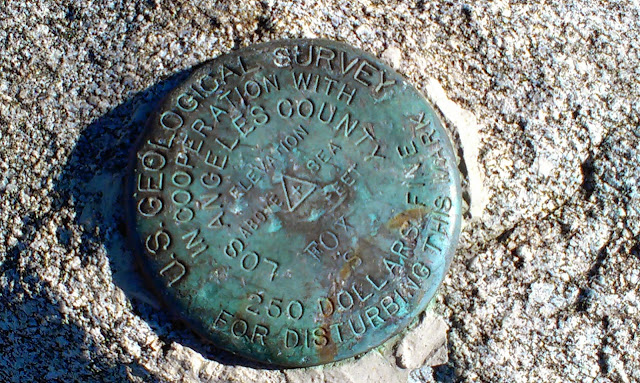Distance: 7.2 miles round trip on dirt road and trail
Summit Elevation: 2897'
Prominence: 1454'
Elevation Gain: 2059'
Elevation Gain (in Empire State Buildings): 1.64
Round trip time: 2 hours 50 minutes
Recommended water: 84 oz.
Parking/Fees: Free at Lake Poway ($5 from April-October on weekends/holidays)
Difficulty: Moderate
Woodson Mountain is in the northern San Diego area. The Mount Woodson trail can be accessed from Lake Poway by parking near the back of the park and following the signs. The first part is a dirt road that connects to the trail after circling the lower end of the lake. The trail itself is in great condition and there are well marked signs at every junction making navigation a breeze.
It is a very popular hike and there were many people on the trail even through it was not a weekend. I passed three groups of hikers on the way up and met two mountain bikers on their way down. Giant boulders fill the mountain all the way up but do not block the path. No need to climb any of the boulders unless that is the reason you went. It a popular destination for rock climbers.
One unique attraction 0.2 miles from the summit is Potato Chip Rock. It juts out from a boulder and it appears to have been formed by the other half of the boulder being worn away (see photos below).

Starting out, Mount Woodson in the distance, Lake Poway ahead. Head down to the lake and around to start ascending.

Standing on Potato Chip Rock. Photo taken by someone named Ray I met near the top. There is about a 20' drop beneath Potato Chip Rock.
Would you like to know more...?
Other Trip Reports:
Woodson Mountain Redux















































